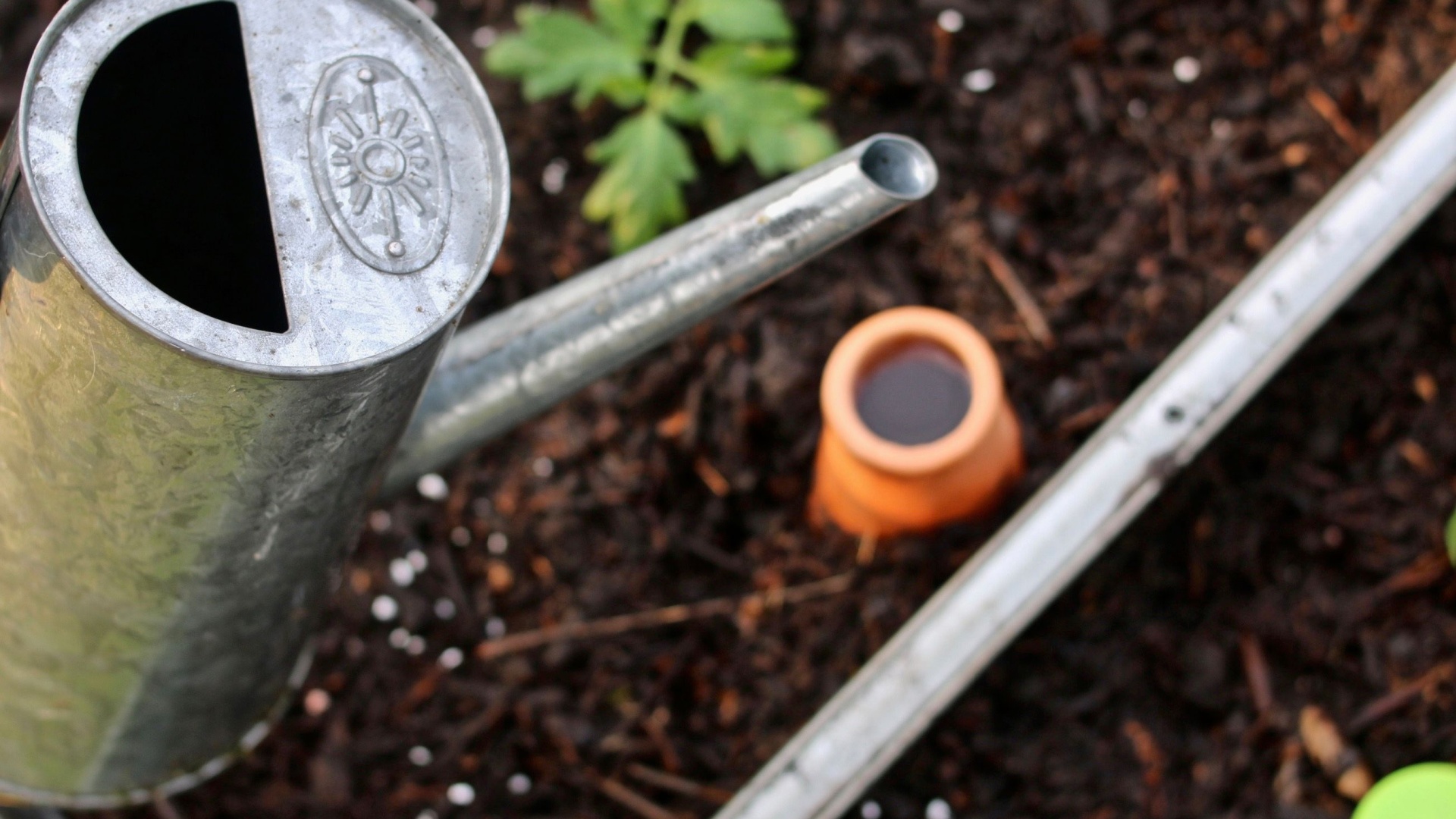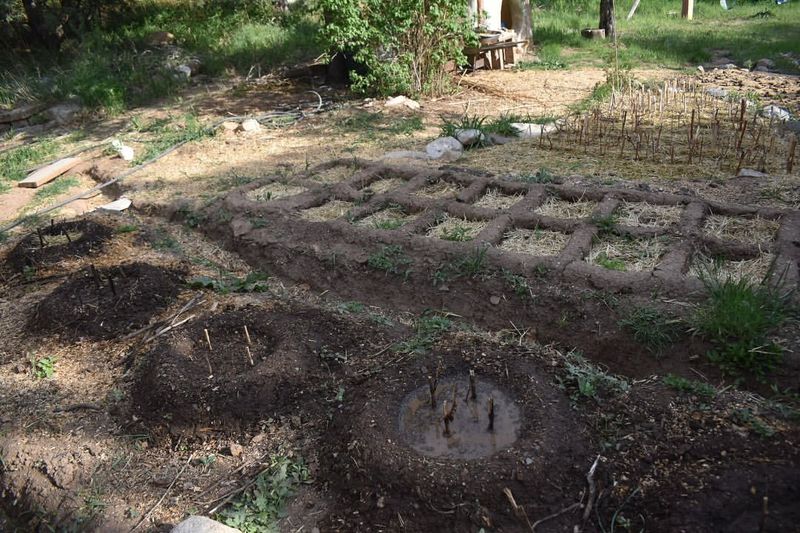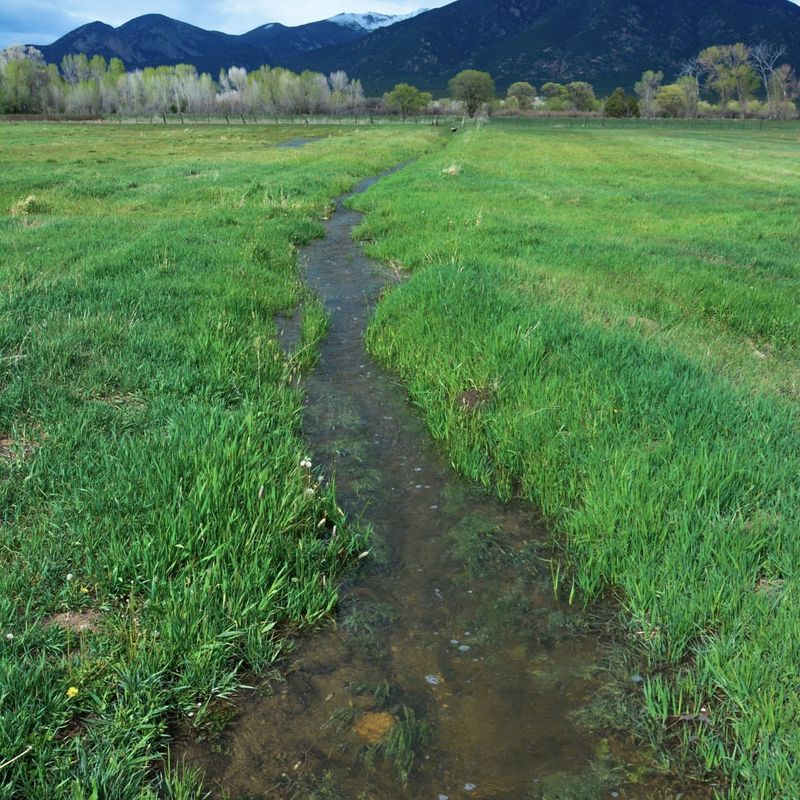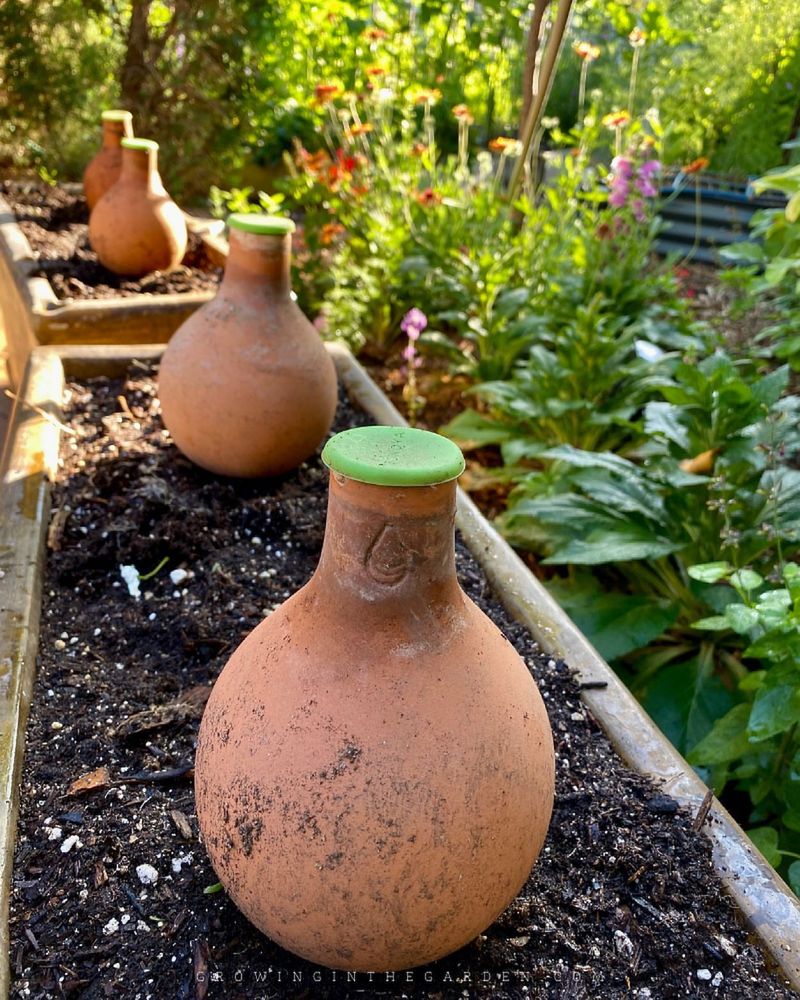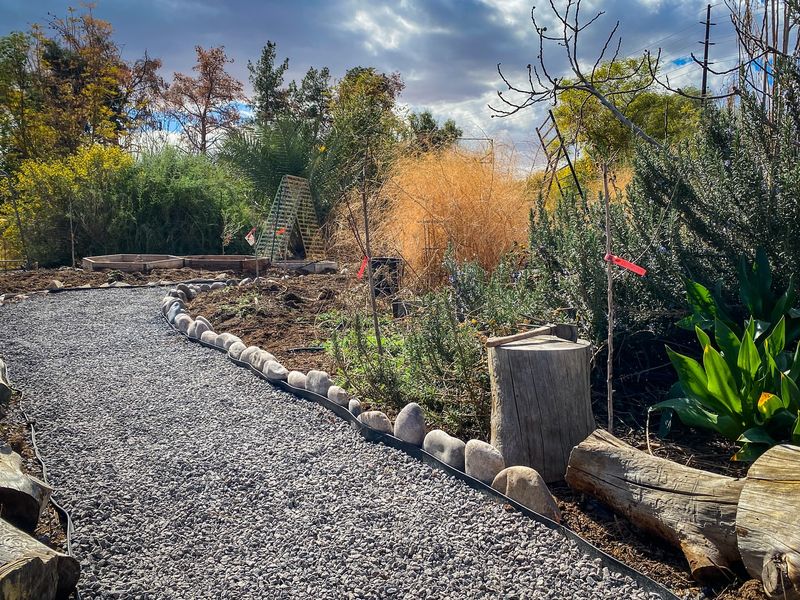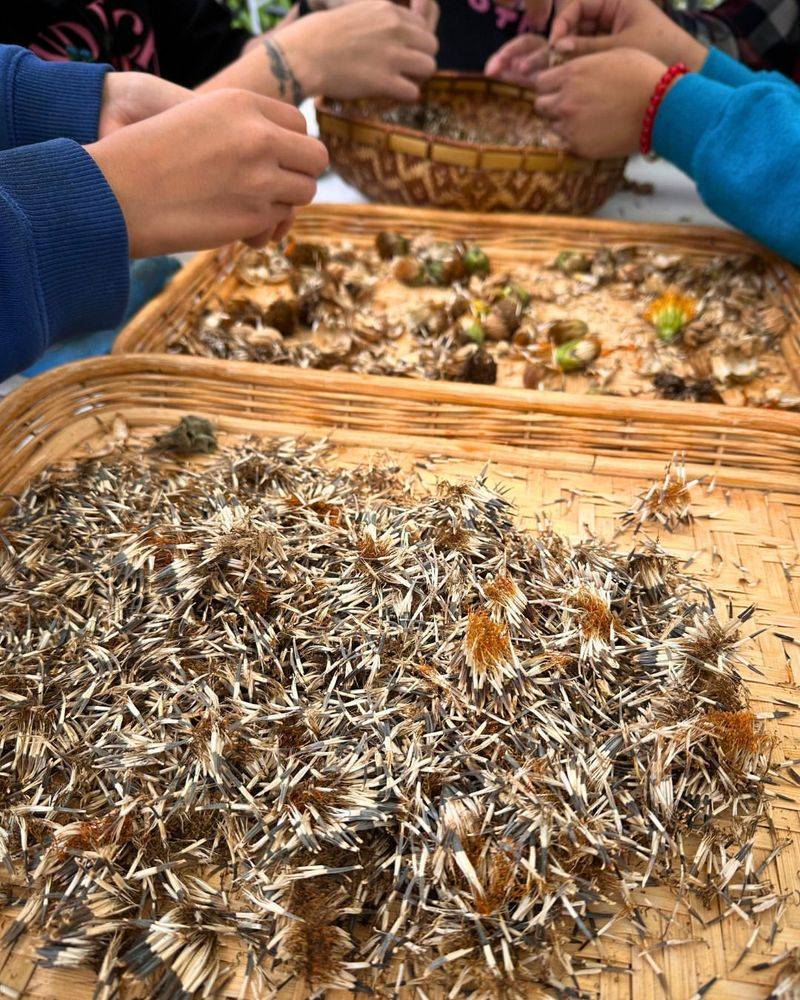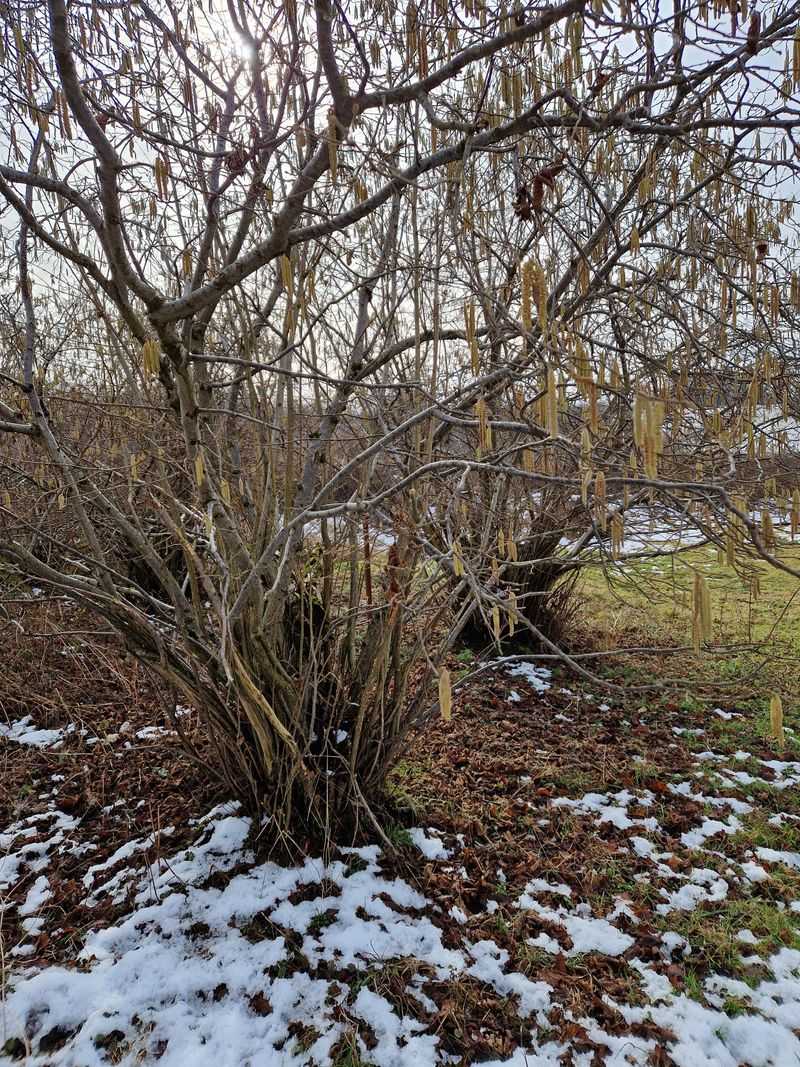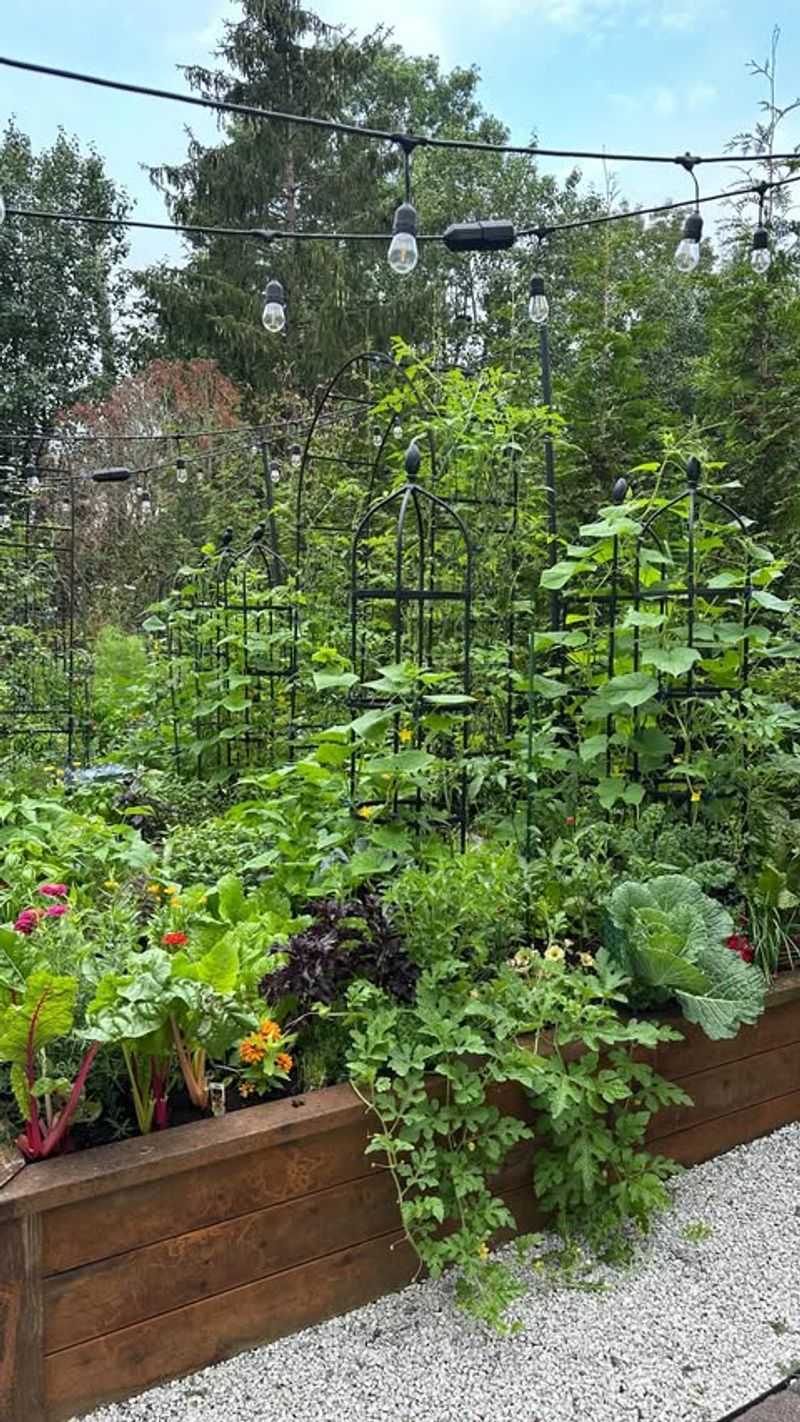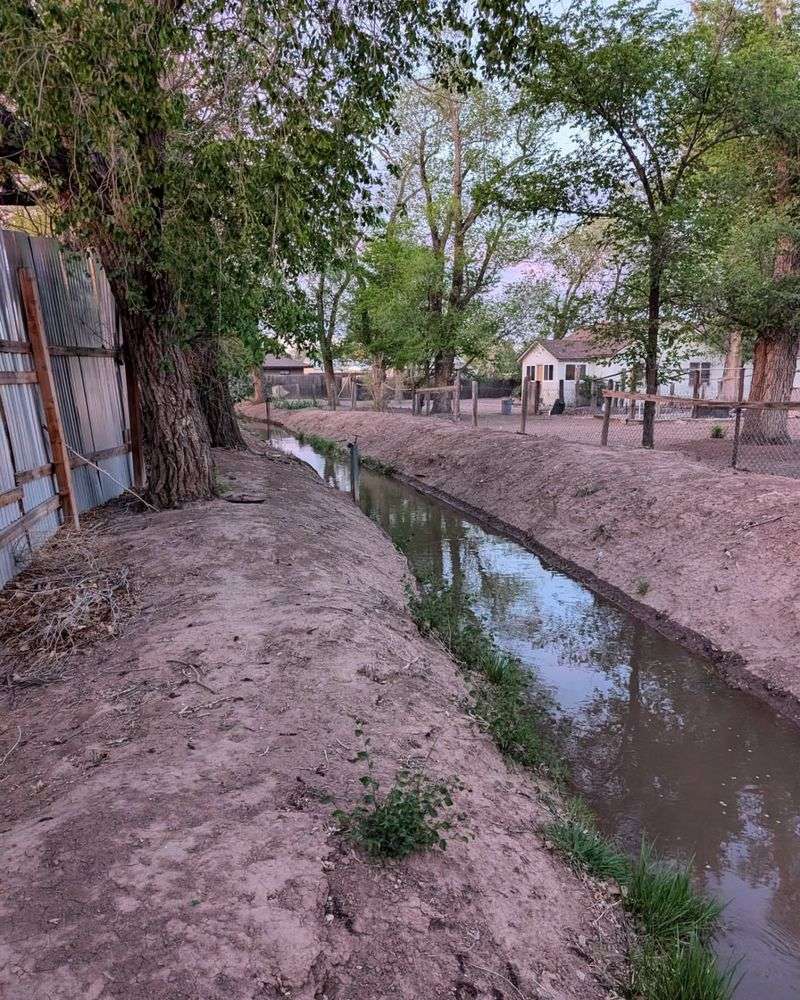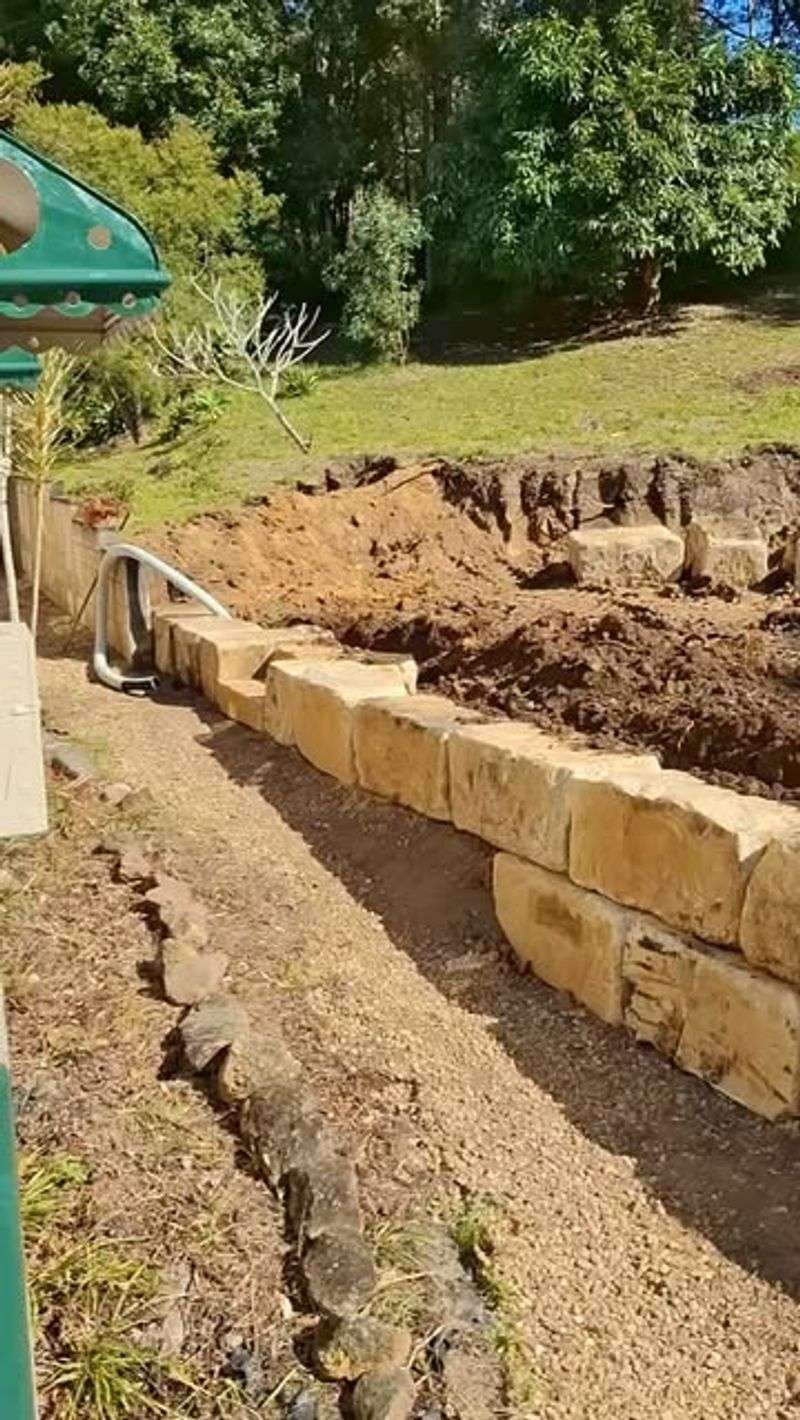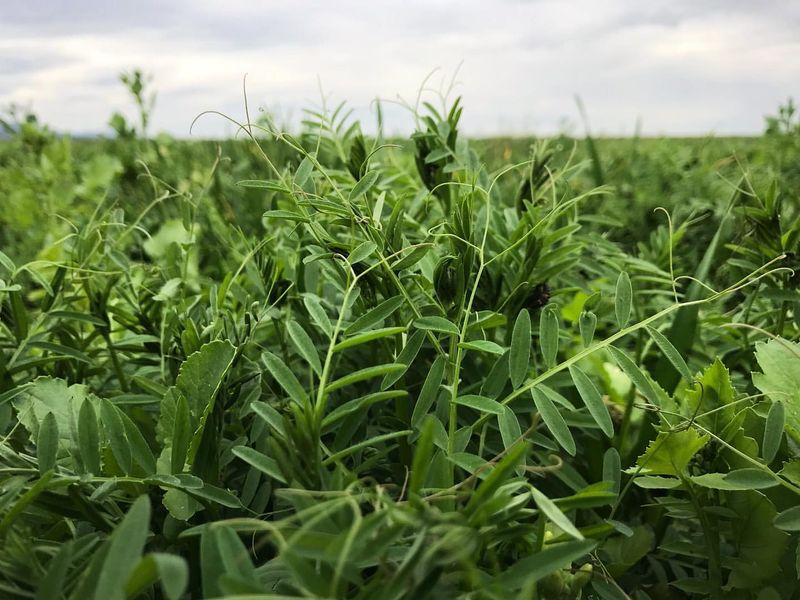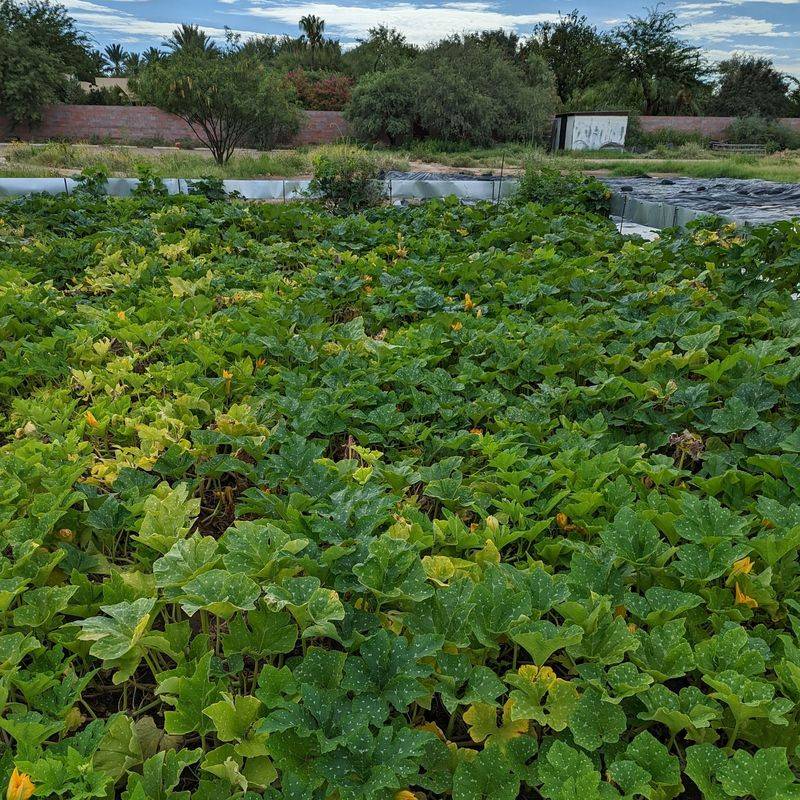Long before garden centers and irrigation apps, New Mexico’s early growers had already mastered the art of thriving in dry, rugged soil. These time-tested vegetable growing practices—some dating back centuries—still shape the way food is grown today.
Passed down through generations, they blend tradition, sustainability, and smart adaptation to the land. In New Mexico gardens, ancient wisdom continues to grow strong.
1. Waffle Gardens
Zuni farmers created small, sunken garden beds surrounded by raised earthen walls. These square depressions capture precious rainwater and protect young plants from harsh winds.
During summer downpours, these garden ‘waffles’ fill with water, allowing it to slowly penetrate the soil rather than washing away. Modern gardeners find this method especially valuable for growing drought-sensitive crops like tomatoes and peppers.
2. Three Sisters Planting
Corn, beans, and squash—planted together in harmony. The corn stalk provides a natural trellis for beans to climb, while beans fix nitrogen in soil, feeding hungry corn. Sprawling squash leaves create living mulch below.
Native farmers perfected this companion planting centuries ago. The system remains popular in home gardens throughout New Mexico, offering maximum yields with minimal water while maintaining soil health naturally.
3. Acequia Irrigation
Community-managed canals carry snowmelt and river water to fields throughout northern New Mexico. Spanish settlers adapted this ancient technique from Middle Eastern traditions, creating a democratic water-sharing system.
Families maintain these earthen channels collectively, cleaning them each spring during community workdays. The slow-moving water in acequias recharges groundwater while delivering life-giving moisture to crops without electricity or modern pumps.
4. Ollas Underground Watering
Unglazed clay pots buried neck-deep beside plants slowly release water directly to roots. Farmers fill these porous vessels periodically, allowing moisture to seep through the clay walls exactly where plants need it most.
Water conservation reaches remarkable levels with this ancient technique. Modern gardeners rediscovering ollas report using up to 70% less water while maintaining healthier plants with fewer weeds compared to surface watering methods.
5. Rock Mulching
Volcanic rocks scattered between plants might seem counterintuitive, but Pueblo farmers recognized their value centuries ago. These dark stones absorb daytime heat and release it slowly overnight, extending the growing season.
Modern gardeners use this technique to grow warm-season crops like melons and chiles in New Mexico’s high-altitude gardens. The rocks also prevent soil erosion during monsoon rains while reducing evaporation from precious topsoil.
6. Seed Saving Ceremonies
Harvesting isn’t complete until seeds are carefully selected for next year’s planting. Many New Mexican farmers maintain family seed lineages stretching back generations, preserving varieties perfectly adapted to local conditions.
Pueblo communities often incorporate seed saving into spiritual ceremonies, recognizing seeds as living beings deserving respect. These heirloom varieties contain genetic diversity that helps crops withstand drought, pests, and disease without modern chemical interventions.
7. Coppiced Fruit Trees
Spanish settlers brought orchard techniques that work brilliantly in New Mexico’s harsh climate. Trees are pruned to grow multiple trunks from ground level, creating smaller, hardier fruit producers.
This ancient technique helps trees survive drought by reducing water needs while making harvest easier. Many century-old apple and pear orchards throughout northern New Mexico still thrive using this method, producing abundant fruit with minimal irrigation.
8. Microclimates with Stone Walls
Low stone walls create protected growing spaces throughout New Mexico’s gardens. Built from local materials, these structures absorb solar heat during the day and radiate it at night, protecting tender plants from frost.
Farmers position walls strategically to block prevailing winds while maximizing sun exposure. Modern gardeners continue building these traditional structures, finding they can extend growing seasons by several weeks on either end without using any energy.
9. Companion Planting with Herbs
Aromatic herbs scattered throughout vegetable beds confuse pests looking for their favorite crops. Native farmers discovered these beneficial relationships long before understanding the science behind them.
Chiles grow stronger alongside oregano, while corn benefits from nearby epazote. Local farmers continue these pairings today, finding they reduce pest problems naturally. Many traditional New Mexican gardens incorporate medicinal herbs alongside food crops, serving dual purposes.
10. Flood Irrigation Timing
Ancient farmers developed precise flood irrigation schedules based on plant growth stages rather than calendar dates. Fields receive deep soakings timed to critical growth periods, encouraging deep root development.
Modern farmers following these traditional rhythms find their crops develop exceptional drought resistance. The practice requires careful observation of both plants and soil conditions. Many elders can predict optimal irrigation timing by watching native plants and insects in surrounding wild areas.
11. Planting by the Moon
Lunar cycles guide planting schedules throughout New Mexico’s traditional farms. Root crops go in during waning moons, while above-ground vegetables are planted during waxing phases.
This ancient practice appears in both Native American and Hispanic farming traditions. Modern farmers who follow lunar calendars report stronger germination and better harvests. The practice connects agricultural work to natural rhythms, creating a holistic growing system attuned to cosmic influences.
12. Check Dam Terracing
Small rock dams built across seasonal waterways create natural terraces that capture soil and moisture. After each rain, fertile sediment builds up behind these structures, creating prime growing areas.
Ancient Pueblo farmers mastered this technique to farm seemingly inhospitable arroyos. Modern practitioners find these passive water-harvesting systems particularly valuable for orchards and perennial crops. The dams slow erosion while creating microenvironments rich in nutrients and moisture.
13. Nitrogen-Fixing Cover Crops
Fields rest under blankets of native legumes between main crop seasons. Ancient farmers discovered certain plants like lupine and vetch actually improve soil rather than depleting it.
These cover crops protect topsoil from wind erosion during New Mexico’s dry seasons. When turned back into the soil, they provide natural fertilizer for the next food crop. This rotation system maintains soil fertility without chemical inputs while supporting native pollinators.
14. Dry Farming Techniques
Growing crops without irrigation might seem impossible in the desert, but ancient farmers perfected methods that capture natural moisture. Wide spacing between plants prevents competition for limited water resources.
Deep, infrequent tilling creates a moisture-preserving soil structure. Special drought-adapted crop varieties complete the system. Modern farmers still practice these techniques, particularly for growing flavorful chile peppers and certain heirloom beans that develop concentrated flavors under water stress.
15. Wild Plant Borders
Traditional gardens maintain uncultivated edges where native plants grow freely. These borders host beneficial insects that control pests in adjacent vegetable plots without chemicals.
Ancient farmers recognized these relationships intuitively. Modern gardeners continue the practice, finding that native sunflowers, wild buckwheat, and desert marigolds attract predatory wasps and ladybugs. These natural allies keep aphids and caterpillars in check while providing additional food and medicine.

